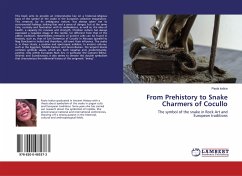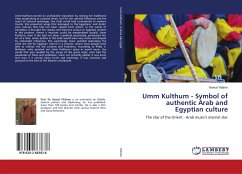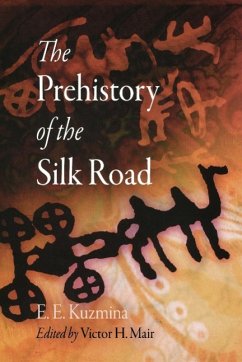
From Prehistory to Snake Charmers of Cocullo
The symbol of the snake in Rock Art and European traditions
Versandkostenfrei!
Versandfertig in 6-10 Tagen
29,99 €
inkl. MwSt.

PAYBACK Punkte
15 °P sammeln!
This book aims to provide an interpretative key on a historical-religious basis of the symbol of the snake in the European collective imagination. This creature, by its ambiguous nature, has always given rise to controversial feelings; striking fear and a sense of danger, but at the same time, curiosity and fascination with its ambivalence, as well as, the idea of health, a capacity for renewal and strength. Christian culture has always expressed a negative image of the reptile, far different from that of the oldest traditions. Nevertheless remnants of ancient cults can be found in festivals, ...
This book aims to provide an interpretative key on a historical-religious basis of the symbol of the snake in the European collective imagination. This creature, by its ambiguous nature, has always given rise to controversial feelings; striking fear and a sense of danger, but at the same time, curiosity and fascination with its ambivalence, as well as, the idea of health, a capacity for renewal and strength. Christian culture has always expressed a negative image of the reptile, far different from that of the oldest traditions. Nevertheless remnants of ancient cults can be found in festivals, such as, that of San Domenico of Cocullo in Abruzzo (parallel to Nag Panchami in India) and therefore, still exert their influence. The snake is, in these rituals, a positive and apotropaic emblem. In ancient cultures, such as the Egyptian, Middle Eastern and Greco-Roman, the serpent shares common symbolic values, which are, both negative and, predominantly, positive. Also within European Rock Art, in particular the Camuno-Tellina, Atlantic and Scandinavian, it also seems to denote this double symbolism that characterizes the millennial history of this enigmatic "being".












